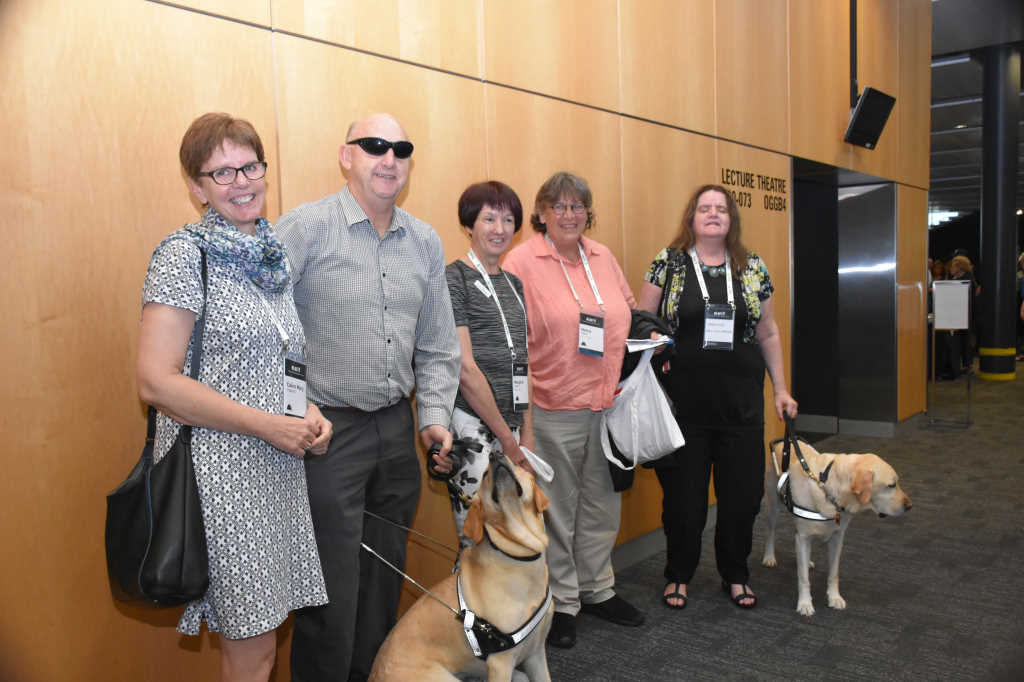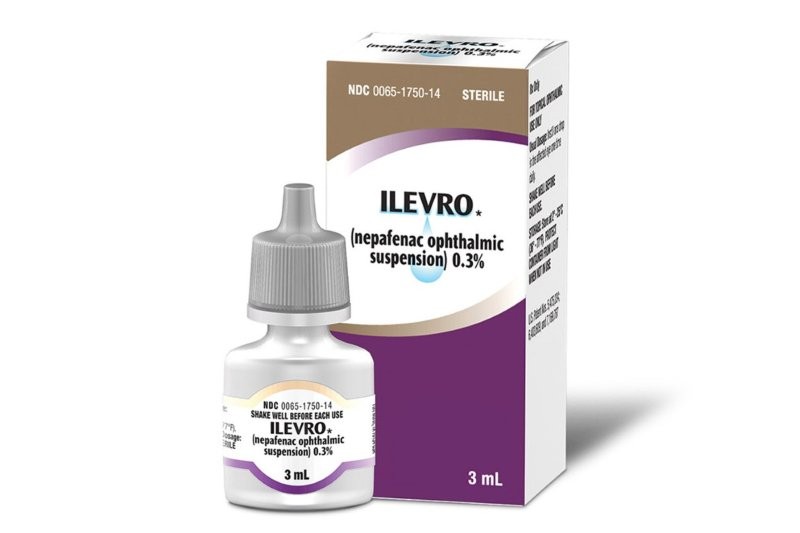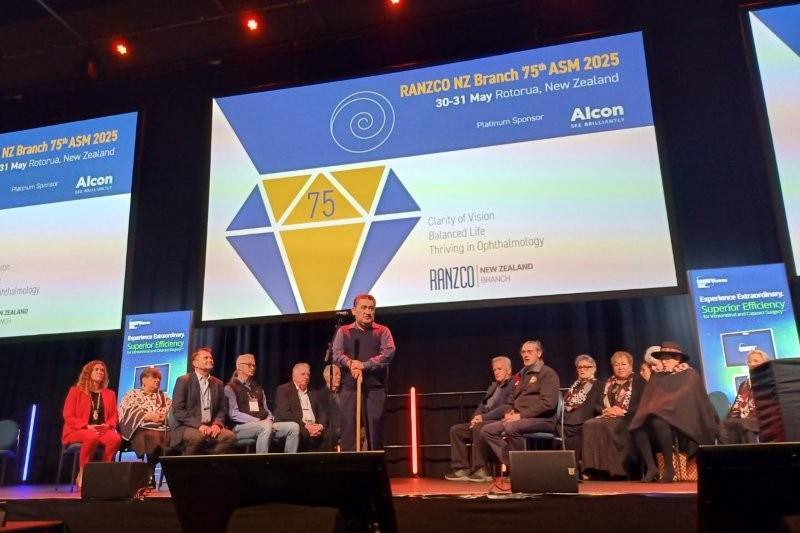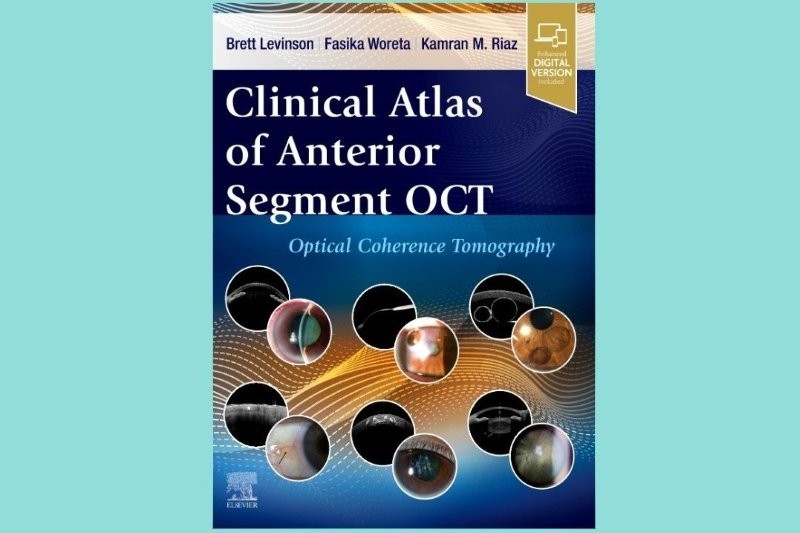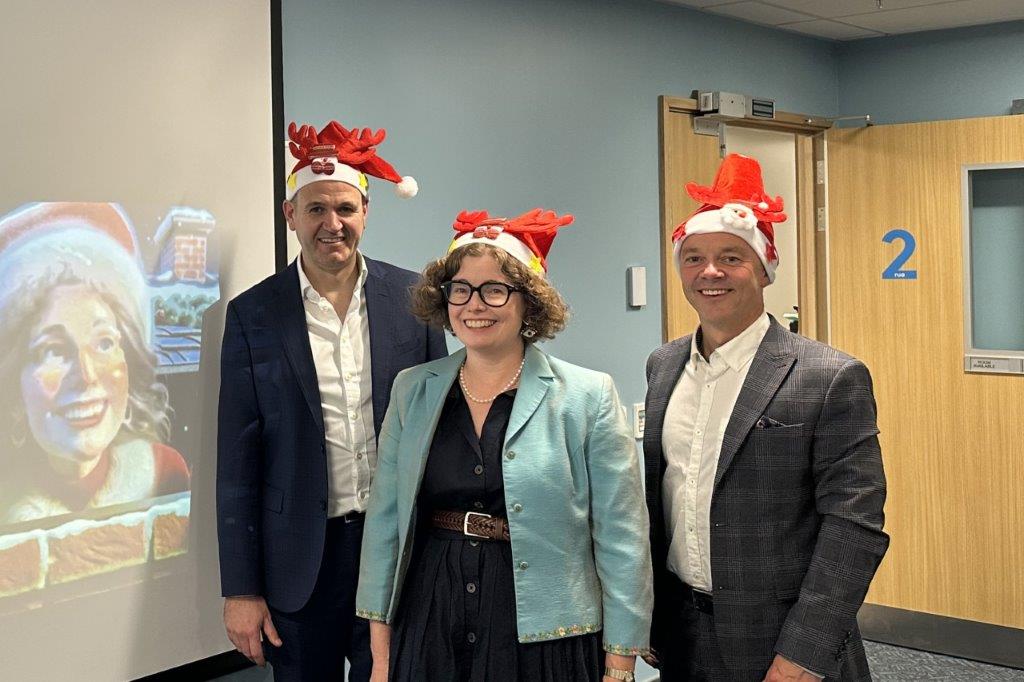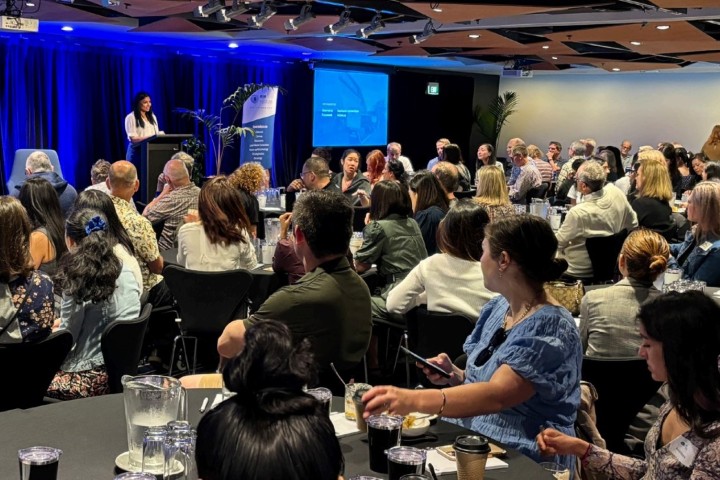NZ hosts the world of retina
The biennial Retina International World Congress was held for the first time in Auckland on the 10 and 11 February. With recent host cities including Taipei and Paris, Auckland had a lot to live up to!
The Retina International Congress is a unique meeting, bringing together the world’s foremost retinal scientists and clinicians, patients and their families, health professionals and patient advocates. The scientific programme, organised by local retina specialist Associate Professor Andrea Vincent, boasted an incredible line-up of 11 international speakers as well as many local and national presenters. The speakers and delegates were joined by a large group of volunteers, from the Blind Foundation and the University of Auckland, to assist the many low-vision or blind delegates.
Speaking to such a diverse audience was always going to be a difficult task, but the speakers more than rose to the challenge. The scientific programme was opened by Professor Elise Héon, from the University and Hospital for Sick Kids in Toronto, who gave a brilliant clinical overview of inherited retinal disease, putting into context much of what was going to be discussed at the meeting. This was followed by a presentation by Professor Eric Pierce, from Harvard Medical School, summarising the genetic causality of inherited retinal diseases and current therapeutic approaches for treating these conditions. Both opening speakers spoke of the difficulties associated with the current inherited retinal disease nomenclature; many disease names (for example, retinitis pigmentosa) cover a range of genetic mutations and phenotypes.
The second session of the day covered the somewhat daunting topic of Genetics and Gene Therapy. A/Prof Andrea Vincent, outlined the clinical findings that can provide clues to the genetic diagnosis in inherited retinal disease, while Associate Professor Alex Hewitt (Tasmania) provided an overview of the advances in genetic testing for retinal disease. He included a memorable analogy, where each DNA nucleotide was a matchstick, explaining how changes in the ‘matchstick’ configuration can lead to genetic disease. Professor Jean Bennett, from the University of Pennsylvania, then took to the stage to discuss the enormous amount of work that goes into conducting a clinical trial, and the phenomenal costs involved (up to US$1.8 billion if conducted by a pharmaceutical company!).
In the afternoon, the meeting broke off into two parallel sessions, ‘Retinal degenerations’ and ‘AMD and other maculopathies’. I attended the AMD session and one of the highlights was Professor Mark Gillies from Sydney discussing the Australian Fight Retinal Blindness project and the role of big data. He emphasised the importance of natural history disease studies - by understanding the course of disease in individuals, we are able to gather information that cannot be acquired through clinical trials alone.
In this session, we also heard from a number of local speakers; Drs Narme Deva, Rachel Barnes, David Squirell and Dianne Sharp covered a range of topics including advances in treating age-related macular degeneration (AMD) and diabetic eye disease, and the latest in retinal imaging for AMD.
The final session of the day included presentations by Associate Professors Alice Pébay, from Melbourne, and Alex Hewitt on using stem cells to model eye disease, and CRISPR gene editing in retinal disease. A/Prof Hewitt explained that although the possibilities for CRISPR gene editing in humans are vast and exciting, it could be many years before they are used in patients with retinal diseases. Dr Kent Small then spoke about his work in North Carolina Macular Dystrophy with patients from across the world.
The interesting topics continued on day two of the programme, with ‘Scientific Breaking News’. Professor Bennett, who conducted the first gene therapy treatment trial for patients with inherited retinal disease, spoke about the recent FDA approval of Luxturna (or voretigene neparvovec-rzyl to use its proper name) for the treatment of patients with mutations in the RPE65 gene. Professor Pierce gave an update on the ReNeuron clinical trial of human retinal progenitor cells for patients with advanced retinitis pigmentosa. Dr Sharp discussed treatment difficulties in patients with polypoidal choroidopathy and retinal angiomatous proliferation. Professor Gillies gave an overview of AMD clinical trial results, including brolucizumab as a potentially longer-lasting treatment for neovascular AMD and lampalizumab, trialled for the treatment of geographic atrophy. Finally, Dr Tom Edwards from Melbourne, gave an overview of the safety and efficacy of a robot-assisted retinal surgery system. The robot is able to make very fine movements, particularly important in patients with fragile retinas (including patients with inherited retinal disease). In the video, ‘Robot vs. Surgeon’, the robot was much steadier, with slower, more deliberate movements.
The futuristic theme continued, with a session on artificial vision. Dr Edwards discussed the first attempt at artificial vision (back in 1968!) and the considerable progress that has been made since then. Artificial vision requires an intact inner retina, so retinitis pigmentosa is often a good target. Dr Penny Allen from the Royal Victorian Eye and Ear Hospital, talked about Bionic Vision Australia’s suprachoroidal retinal prosthesis, and presented the results of a prototype clinical trial, where all three patients showed improvement in navigational ability following the surgery. Dr Thiran Jayasundera, a New Zealand-trained retinal specialist now working in the USA, was the first to implant the Argus II over a decade ago. Today, there have now been over 350 Argus II implant surgeries. He discussed the Argus II’s surgical procedure and clinical journey. Because the implant only provides very basic vision, pre-operative vision needs to be light perception or worse, he said.
The afternoon was again split into parallel sessions, with separate sessions for patients and professionals. I chaired one of the patient sessions, which included an illuminating presentation by ophthalmic nurses Sandy Grant and Olga Brocher on the services offered by the Auckland District Health Board’s low vision clinics. Blindness consultant Jonathan Mosen, blind since birth, talked about why it is the best time in history to be a blind person. Technology was also the focus of the Blind Foundation’s adaptive technology trainer Matthew Rudland, who turned our attention to the Seeing AI app for those with visual impairment, while the Blind Foundation’s Sandra Budd detailed some of the Foundation’s services.
Following the parallel sessions, Professor Gerald Chader from the Doheny Institute in the USA, gave the closing keynote presentation, summarising the decades of laboratory and clinical work that have led to clinical trials and better outcomes for patients with retinal disease.
Feedback about the conference was positive, with attendees commenting on the high quality of the speakers and the fantastic networking opportunities available. The next Retina International World Congress will be held in Reykjavik, Iceland, in 2020; the perfect excuse to organise a trip to the Northern Hemisphere.
*Dr Hannah Kersten is a lecturer in the School of Optometry and Vision Science at the University of Auckland and a member of the local organising committee for the 2018 Retina International World Congress.








